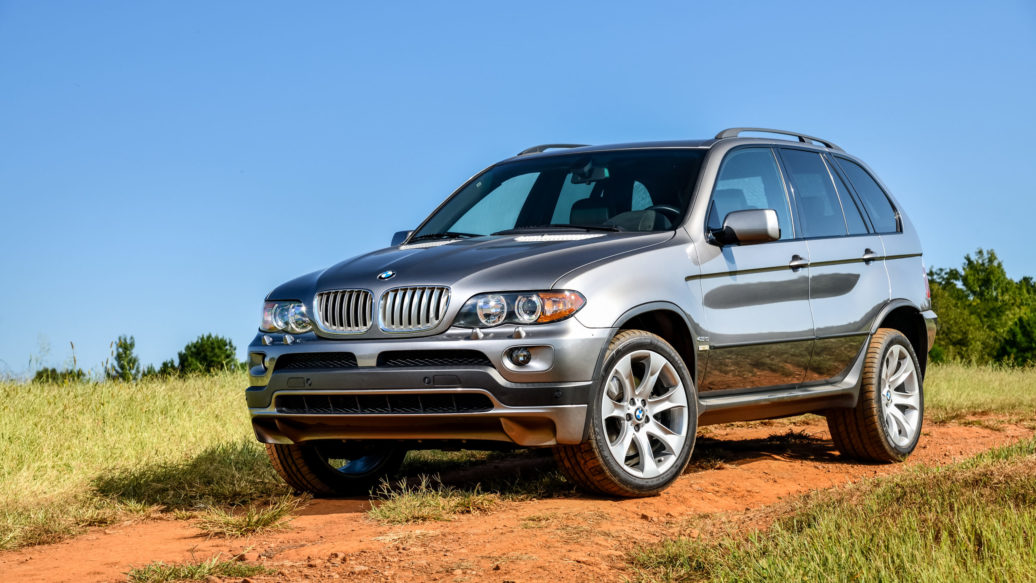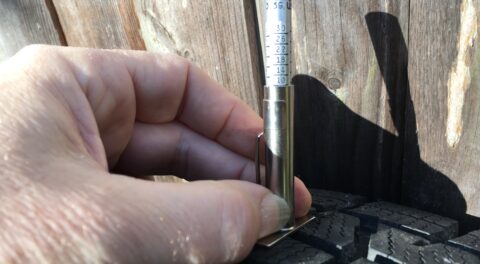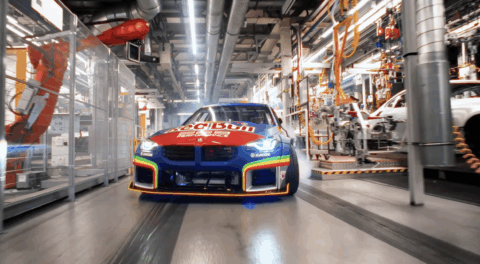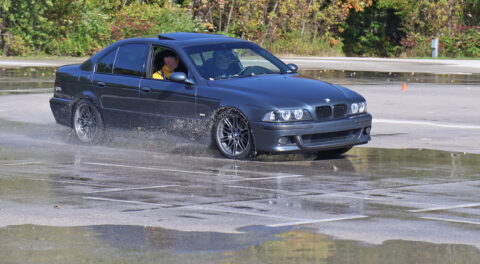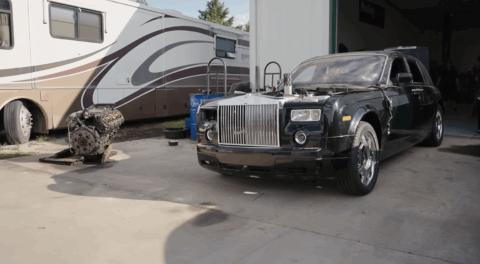Before the X5 M, there was the X5 4.6iS and the 4.8iS, both of which were built based on the E53 platform. The original X5 may have helped change the automotive landscape and foreshadow what was to come, but it didn’t get a dedicated performance variant outside of the record-setting one-off V12 X5 LM. The closest thing BMW sold were the 4.6iS and 4.8iS, which offered a bump in performance thanks to increased displacement over the 4.4i V8 model.
When looking at the hierarchy of the E53 X5, the 4.6iS and 4.8iS are among the cream of the crop, alongside the exceedingly rare five- and six-speed manual examples, which are exclusively powered by six-cylinder engines. The broader appeal exists with the performance models, though, which arguably represent the best the platform had to offer.
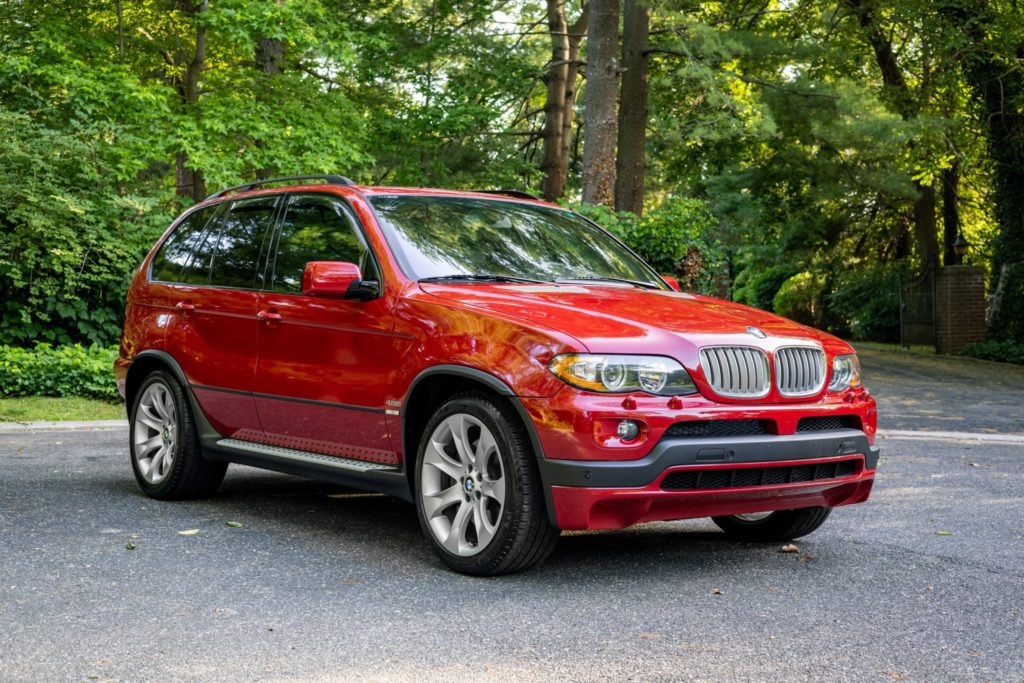
The newest E53 X5 was manufactured at BMW Group Plant Spartanburg during September of 2006, which means they’re approaching fifteen years on the road. With three succeeding generations having brought innumerable improvements to the table, the E53 X5 is entering so-called modern classic territory—but are they going to appreciate the same way as other models from the same era?
The recent sale of a 7,000-mile 2006 X5 4.8iS could be interpreted either way. With low mileage and preferable equipment, the Imola Red example that sold for $45,000 on Bring a Trailer during the final week of July represents the best of the best, which adds context to its record-setting price. At the same time, while the E53 X5 and its specialized variants have always been appreciated by those in the know, the model could also be riding the wave of appreciation that other cars from the turn of the millennium are currently experiencing.
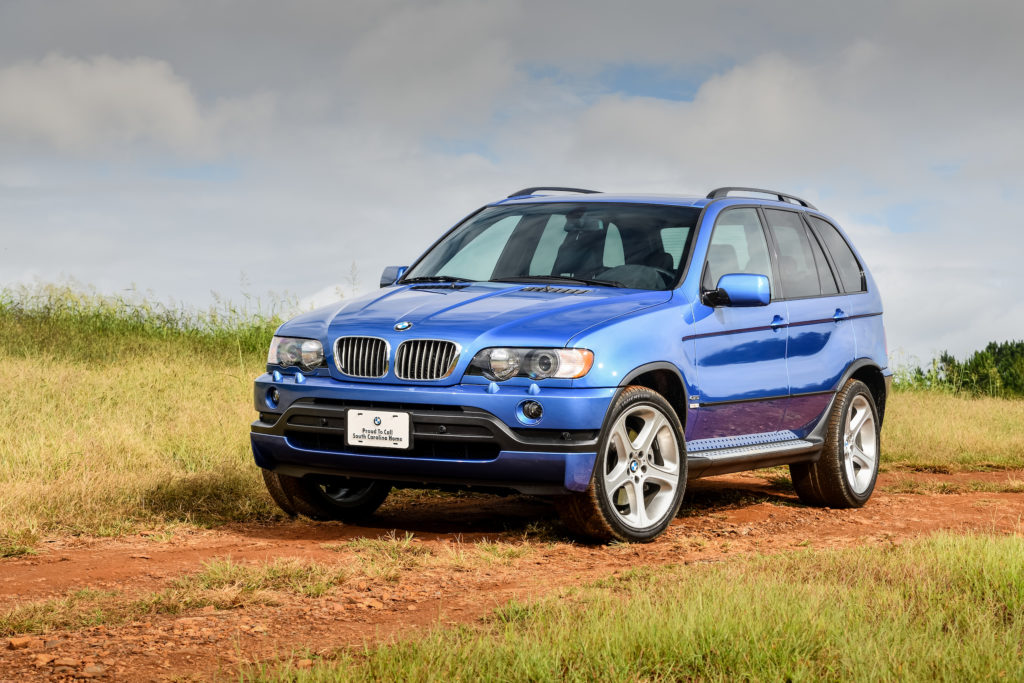
Although the E53 X5 hasn’t exploded in popularity and value in the same way the E39 M5 and E46 M3 have, with both models subject to a new lease on life, it certainly could. All of the elements that come together to make a modern classic are present, and the X5’s importance in BMW history is only growing as SAVs and SACs are responsible for a greater portion of BMW’s sales. Moreover, like any great car, the vast majority were bought, and then subjected to unrelenting daily use until being replaced, meaning clean examples are in demand and come with a price premium.
Although the former is newer, the debate between the X5 4.8iS and 4.6iS continues. The E53 X5’s seven-year production run spanned the implementation of various improvements at BMW. Compared with the 342-horsepower M62TUB46 4.6-liter V8 of the 4.6iS, which was based on the M62B44 (and not the Alpina-developed M62B46), the 4.8iS makes 355 horsepower from its 4.8-liter N62B48 V8 engine, and slightly more torque at 369 pound-feet compared with 354. The 4.8iS uses a six-speed automatic over the five-speed of the 4.6iS, and 2004 was the year BMW introduced xDrive, which replaced the first rear-biased all-wheel-drive system used on the pre-LCI E53 X5. The N62 engine marked the start of BMW’s V8 oil consumption woes, while the previous M62 arrived a generation after the M60 and its Nikasil cylinder wall lining, but isn’t without its own set of faults.—Alex Tock
[Photos courtesy BMW AG, Bring a Trailer Media, LLC.]

